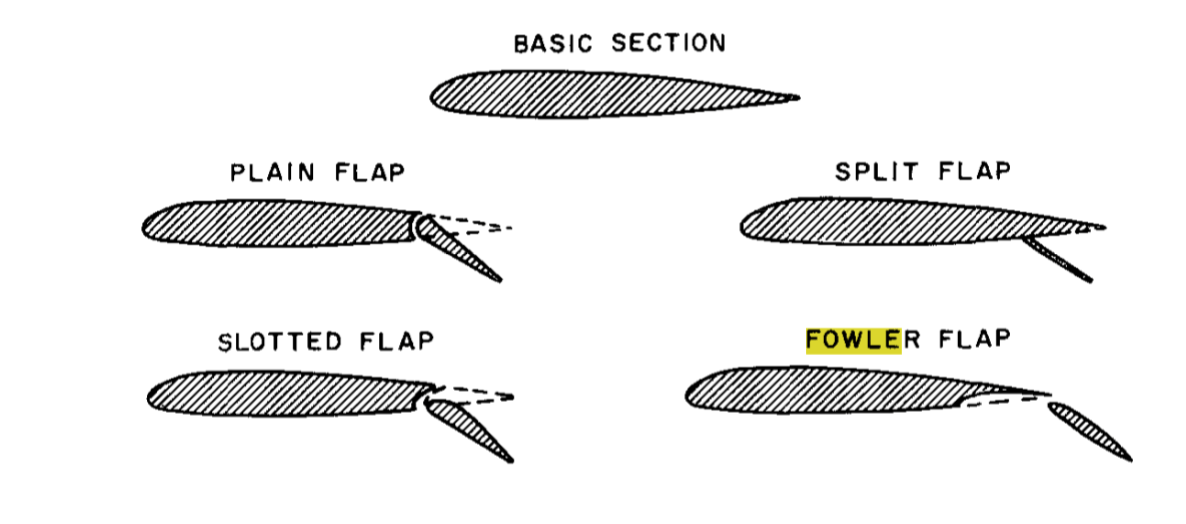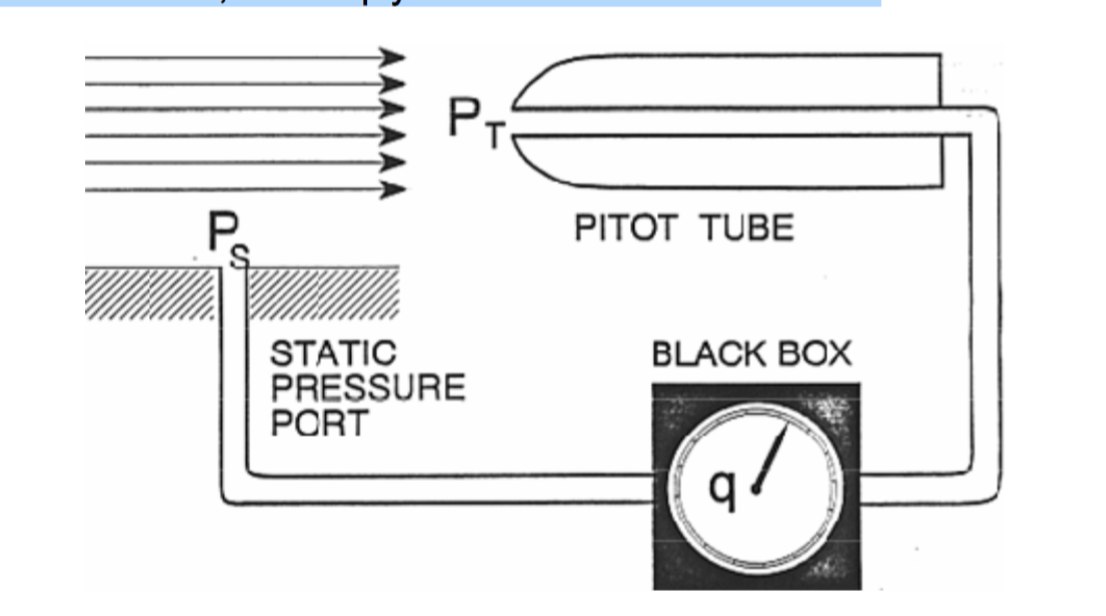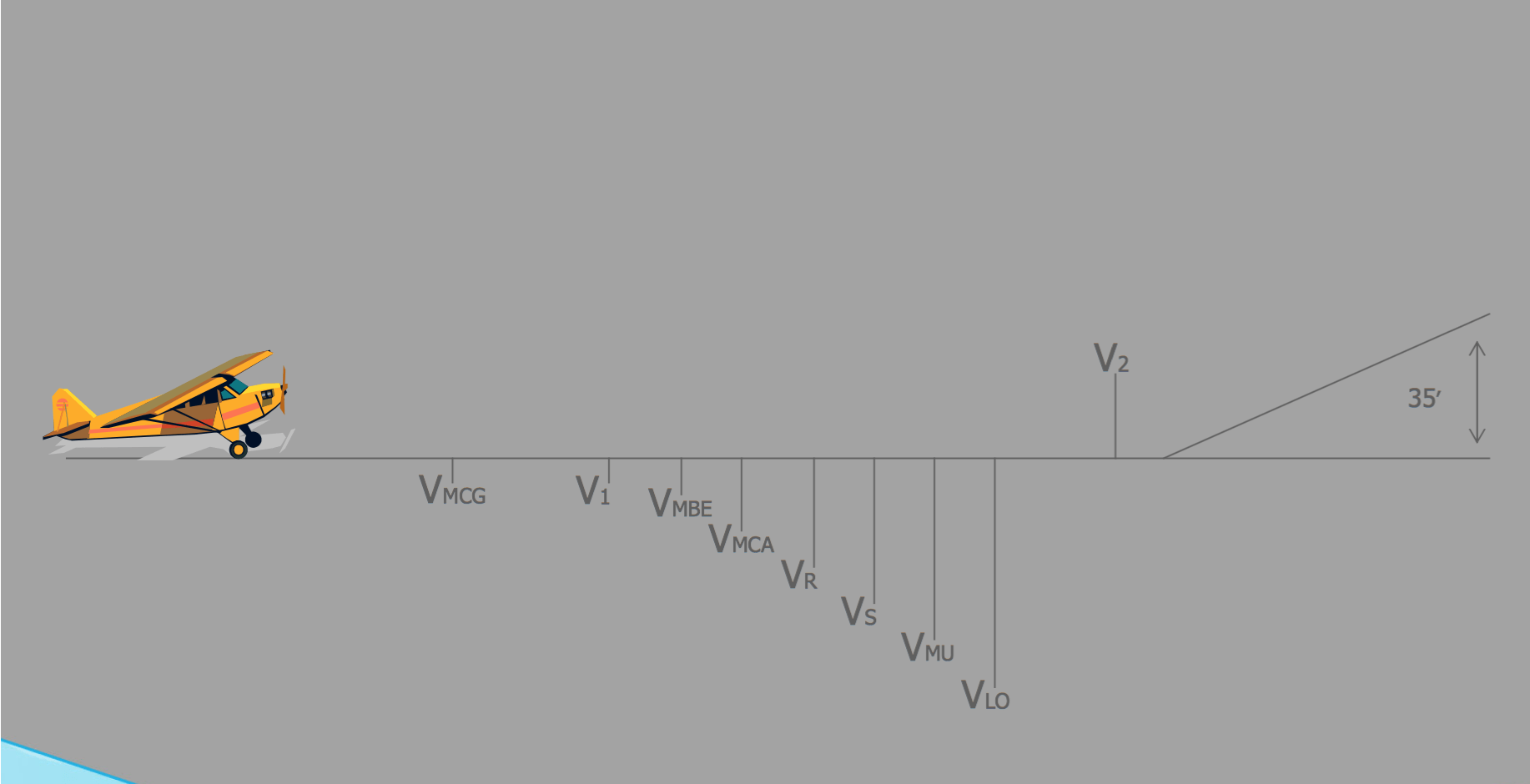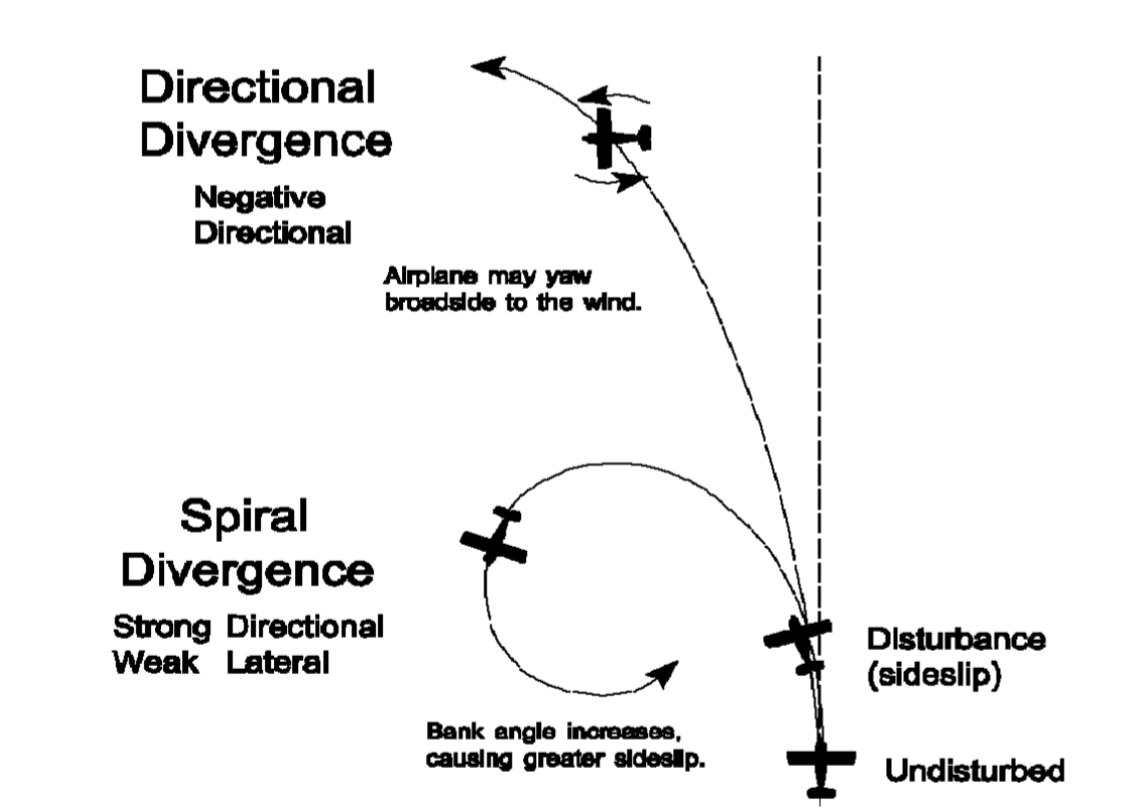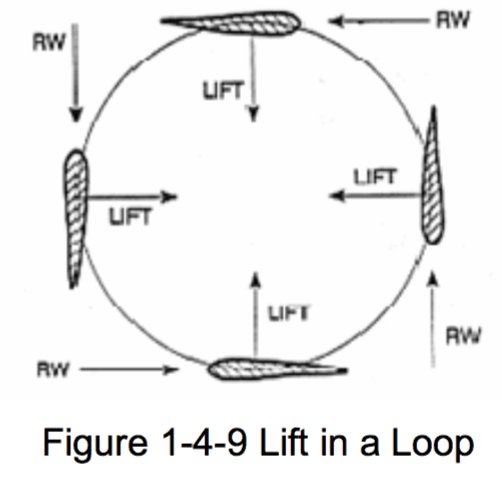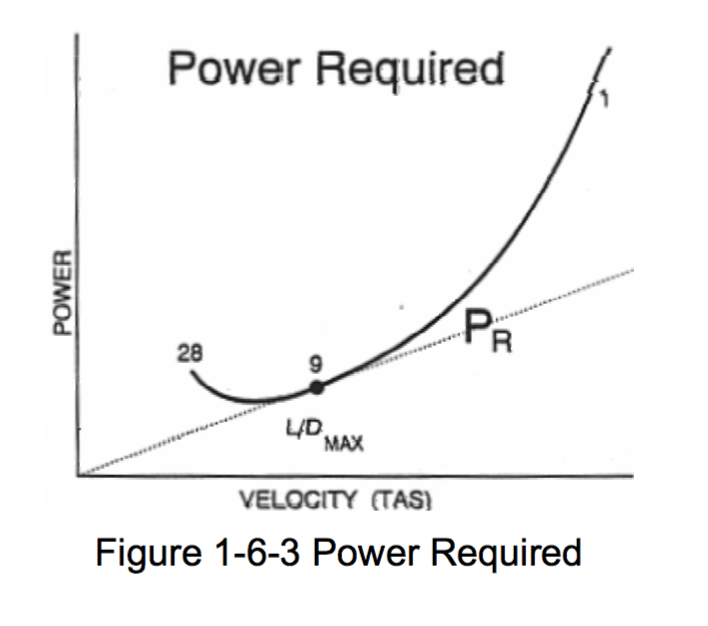
Thrust Required
admin@readysettakeoff.com

Related Articles
-
Wing Dihedral
Jet Brain, , Aerodynamics, 0
You are unauthorized to view this page. Please login your credentials Username Password Remember Me Forgot Password
-
Flap Review
Jet Brain, , Aerodynamics, 0
You are unauthorized to view this page. Please login your credentials
-
Airspeed Measurement
Jet Brain, , Aerodynamics, 0
You are unauthorized to view this page. Please login your credentials
-
Regions of Command
Jet Brain, , Aerodynamics, 0
You are unauthorized to view this page. Please login your credentials
-
Takeoff Performance
Jet Brain, , Aerodynamics, 0
You are unauthorized to view this page. Please login your credentials
-
Dynamic Stability
Jet Brain, , Aerodynamics, 0
You are unauthorized to view this page. Please login your credentials
-
Topic of the day: Aerodynamics/Equilibrium
Jet Brain, , Aerodynamics, 0
You are unauthorized to view this page. Please login your credentials
-
Factors Affecting Lift
Jet Brain, , Aerodynamics, 0
You are unauthorized to view this page. Please login your credentials


